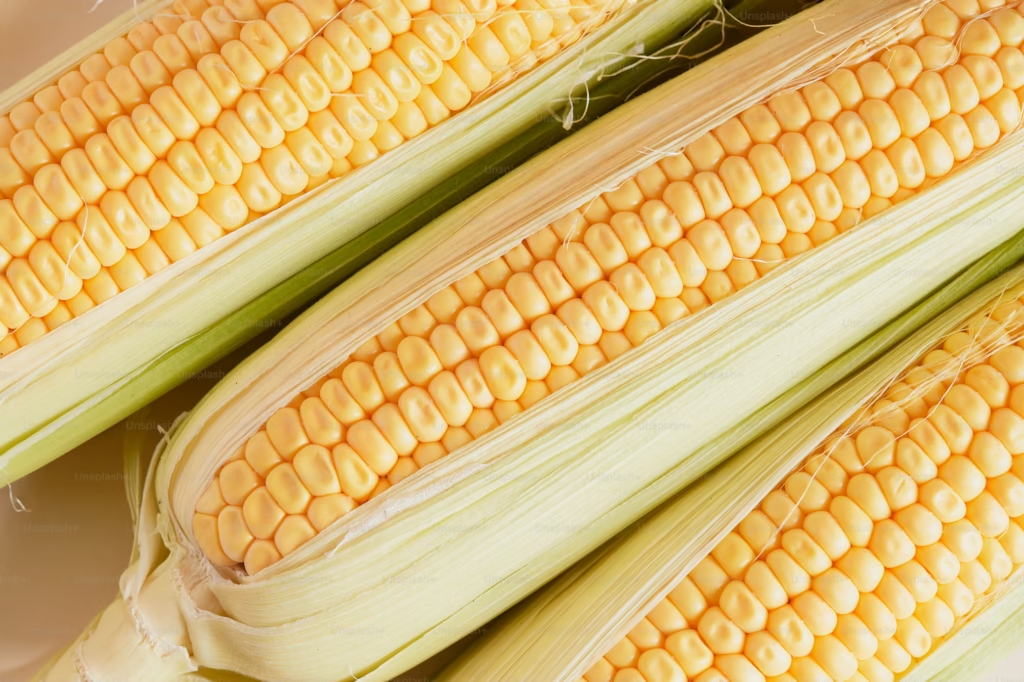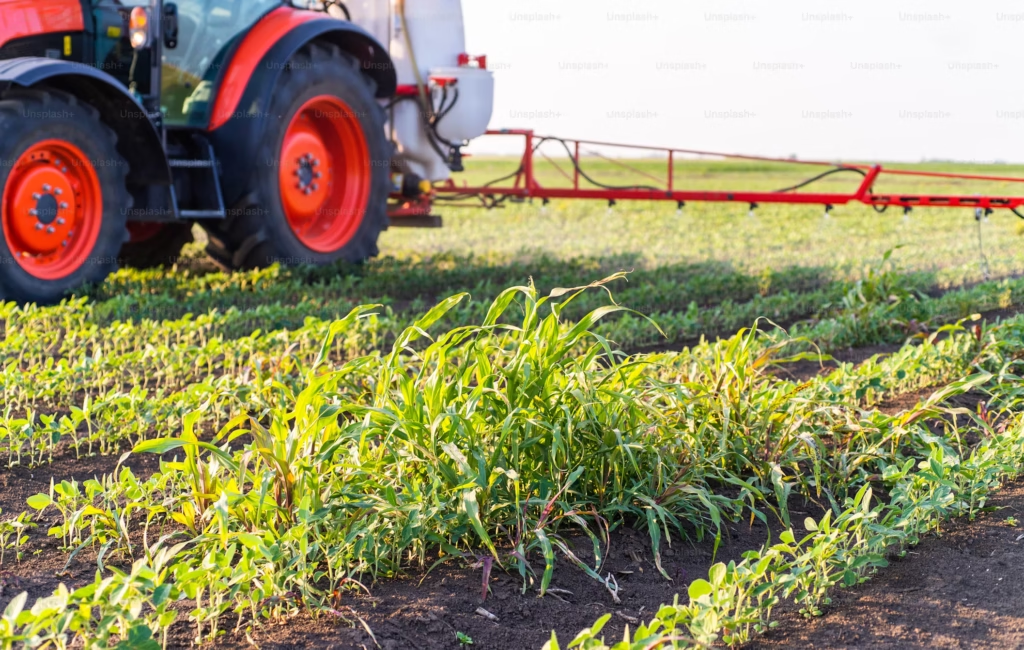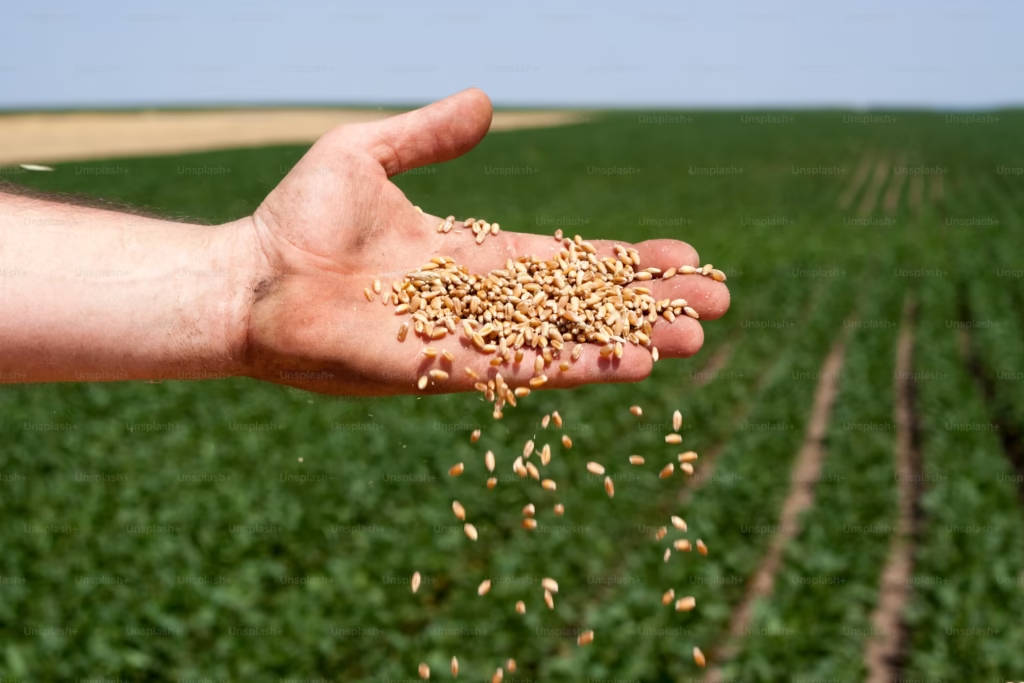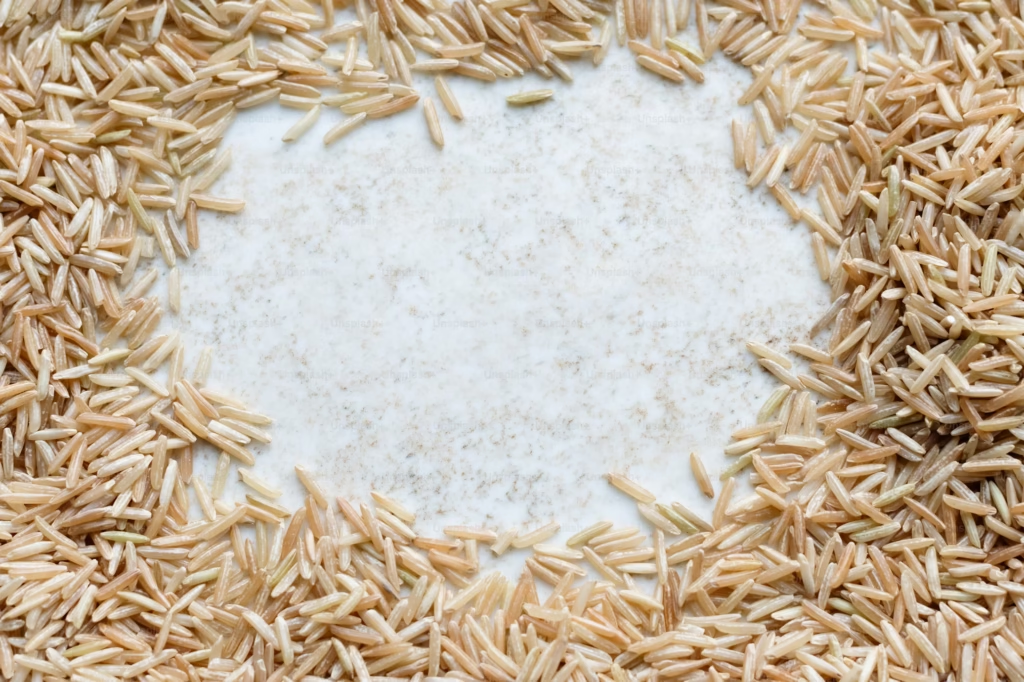
How to Start Organic Farming: A Beginner’s Guide
Organic farming is a sustainable method of farming that avoids synthetic chemicals, fertilizers, and genetically modified organisms (GMOs), focusing instead on using natural processes to enhance soil health, control pests, and maintain biodiversity. Starting an organic farm can be an enriching and profitable venture, but it requires a good understanding of agricultural practices, regulations, and market demand. This guide will walk you through the essential steps to get started with organic farming.
1. Understand What Organic Farming Is
Before you begin, it’s essential to understand the principles of organic farming. Organic farming focuses on:
- Soil Health: Building and maintaining healthy soil through practices such as crop rotation, cover cropping, and composting.
- Natural Pest Management: Using biological, cultural, and mechanical means to control pests instead of synthetic pesticides.
- Biodiversity: Encouraging a variety of plants, animals, and insects to thrive on the farm, which helps create a balanced ecosystem.
- Avoiding Synthetic Chemicals: Organic farming avoids synthetic fertilizers, pesticides, herbicides, and genetically modified organisms.
2. Research and Education
Knowledge is key when it comes to organic farming. Invest time in learning about organic agricultural methods and local farming conditions. Some valuable steps include:
- Attend Workshops: Look for workshops, webinars, and seminars on organic farming in your area or online.
- Read Books and Articles: Many books and articles are available on organic farming principles, organic certification, and specific crops.
- Talk to Experienced Farmers: Learning from experienced organic farmers can provide invaluable insights into best practices, common mistakes, and tips for success.
3. Choose the Right Location and Land
The land you choose will play a significant role in your success as an organic farmer. Factors to consider include:
- Soil Quality: Organic farming heavily depends on soil health. Look for land with fertile, well-drained soil, and get it tested to understand its nutrient levels and pH.
- Climate: Ensure that the climate in your area is suitable for the crops you want to grow. For instance, some crops thrive in temperate climates, while others require warmer conditions.
- Water Access: Make sure there’s reliable access to water, whether through irrigation or natural sources like rivers or wells.
- Land Size: As a beginner, you may want to start small, with 1-5 acres, to minimize risk and gain experience.
4. Develop a Farm Plan
Creating a farm plan is essential for managing your resources, time, and crop production effectively. Your farm plan should include:
- Crop Selection: Choose crops that are well-suited to your region and market. For beginners, starting with a few staple crops like tomatoes, lettuce, or herbs can be ideal. Diversifying your crops will help improve soil health and reduce risks.
- Crop Rotation: Plan to rotate crops each year to avoid depleting the soil of specific nutrients. Crop rotation helps prevent pest build-up and disease.
- Farm Layout: Map out the layout of your farm, considering factors such as sun exposure, drainage, and ease of access for harvesting.
- Budget and Costs: Estimate your startup costs, including seeds, tools, irrigation systems, and other infrastructure. Consider potential income from crop sales and plan your finances carefully.
5. Obtain Organic Certification
In most countries, if you want to sell your products as “organic,” you need to obtain organic certification from an accredited certification body. The process includes:
- Organic Standards: Learn the organic standards in your country or region. For example, in the United States, the USDA Organic certification has specific requirements related to farming practices, pest control, and soil management.
- Transition Period: It may take several years to transition from conventional farming practices to certified organic practices. Some certification programs require a transition period (usually 2-3 years) where you must follow organic practices before you can label your products as organic.
- Certification Process: This involves submitting an application, providing documentation of your practices, and undergoing inspections by an organic certifier.
6. Build Healthy Soil
Soil health is the foundation of organic farming. Use sustainable farming practices to improve soil fertility and structure, such as:
- Composting: Create compost from plant residues, animal manure, and other organic materials to enrich the soil with nutrients and improve its structure.
- Cover Crops: Plant cover crops such as clover, rye, or legumes to prevent soil erosion, improve soil fertility, and fix nitrogen.
- Mulching: Use organic mulches like straw, leaves, or grass clippings to retain moisture, suppress weeds, and improve soil health.
7. Manage Pests and Weeds Naturally
One of the challenges of organic farming is managing pests and weeds without synthetic chemicals. Some natural pest and weed control methods include:
- Crop Rotation: Rotate crops regularly to disrupt pest life cycles.
- Biological Pest Control: Use beneficial insects (like ladybugs or predatory mites) to control pests naturally.
- Hand Weeding and Mulching: Weed manually or use organic mulches to suppress weed growth.
- Neem Oil and Diatomaceous Earth: Use natural products like neem oil or diatomaceous earth to control pests and insects.
8. Implement Efficient Watering Systems
Watering is crucial for healthy crops. To ensure efficient use of water on your organic farm:
- Drip Irrigation: This system delivers water directly to the plant roots, minimizing water wastage.
- Rainwater Harvesting: Consider setting up a rainwater collection system to reduce reliance on municipal water sources.
- Water Conservation: Implement water conservation practices like mulching and using drought-tolerant crops to reduce water use.
9. Market Your Organic Products
Once you’ve grown your crops, it’s time to sell them. Consider these marketing strategies:
- Farmers’ Markets: Selling at local farmers’ markets is a great way to reach customers who value organic produce.
- Local Grocery Stores and Co-ops: Partner with local grocery stores or cooperatives to supply organic products.
- CSA Programs: Consider starting a Community Supported Agriculture (CSA) program where customers subscribe to receive weekly or monthly boxes of fresh, organic produce.
- Online Sales: Use social media and your website to promote and sell your organic products online.
10. Stay Compliant with Organic Regulations
To maintain your organic certification, it’s important to stay updated on organic farming regulations. Regular inspections, record-keeping, and adherence to organic standards are necessary to keep your certification valid.
- Document Everything: Keep detailed records of your farming practices, purchases, and sales to demonstrate your compliance with organic standards.
- Stay Educated: Organic farming standards can evolve, so it’s crucial to stay informed about any changes in regulations or best practices.
Conclusion
Starting an organic farm can be a rewarding and environmentally friendly way to grow food while contributing to sustainability. It requires dedication, patience, and careful planning, but with the right practices, your farm can thrive. By focusing on soil health, natural pest management, and sustainable farming techniques, you can build a successful organic farm that meets the growing demand for healthy, eco-friendly food.



